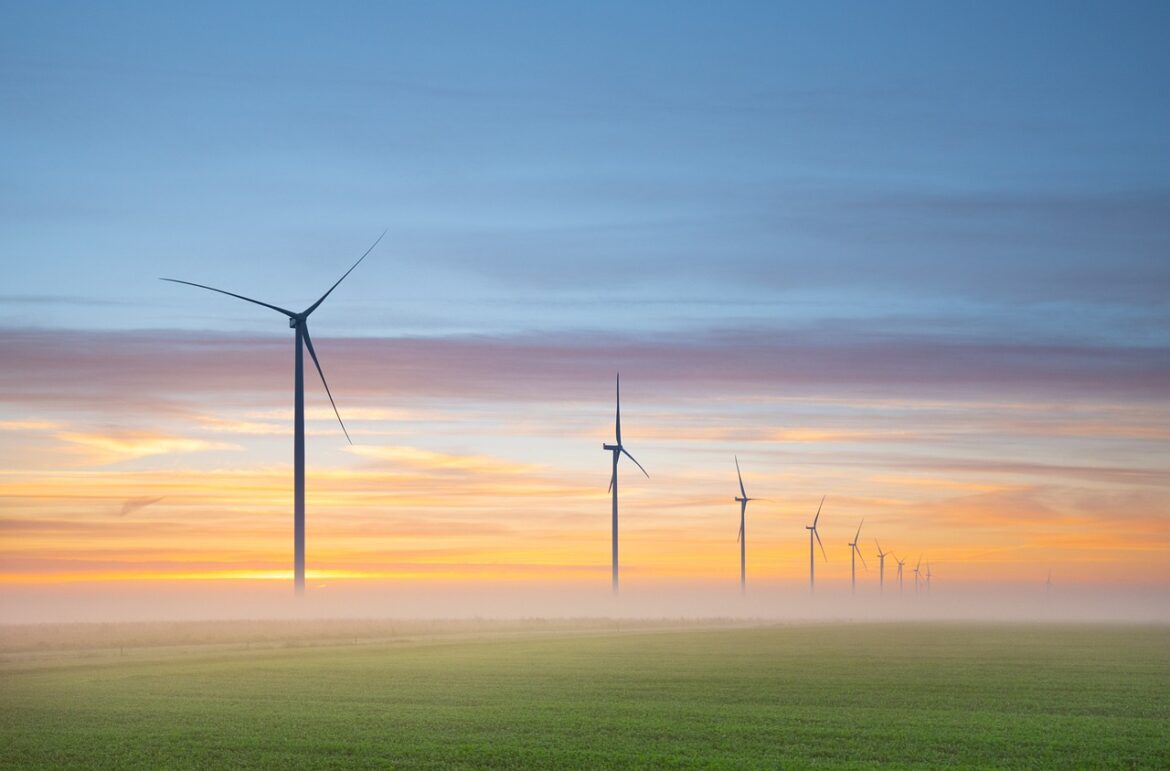Introduction: A Planet at a Crossroads
Imagine Earth as a vast, delicate machine—one where every gear and spring has been running in rhythm for millennia. Now, picture some of those springs starting to snap under pressure. In 2025, real-world stories showcase how our planet’s environmental sustainability is both challenged and championed in surprising ways.
1. Earth’s Climate Resilience Snapping Earlier Than Expected
Scientists have uncovered unsettling evidence that Earth’s ability to bounce back from carbon emissions—its resilience—is weakening sooner than climate models predicted. This discovery highlights a turning point between 1925 and 1945 when land and ocean systems began straining under human impact.
What does this mean? The planet’s natural “shock absorbers” are wearing thin. Even if nations meet greenhouse gas targets, the fragility built up over decades could trigger disruptions faster than expected. It’s a wake-up call urging faster, sharper action and deeper inclusion of these findings in global climate models.
Think of it as a rubber band stretched so much it may break sooner than planned—not because we haven’t tried, but because the limits are closer than we thought.
2. Clean Energy Momentum Gains Steam in Key US States
Virginia is a microcosm of the clean energy push. The state boasts a 25% increase in riders on an intercity electric bus route between Roanoke and Washington DC, a fast and budget-friendly way to cut car emissions.
The political side is heating up too: A notable victory for environmental advocates came with Clean Virginia-backed candidate Jay Jones winning a pivotal attorney general race, outperforming the major energy giant Dominion Energy’s interests.
Meanwhile, local citizens banded together to block a massive 3,500 MW gas-fired power plant plus massive data centers, recognizing the environmental cost of unregulated growth.
This groundwork shows how practical choices—like taking the bus—and political wins combine to drive sustainability forward.
3. Maryland Approves Offshore Wind & Solar Programs Adapt
In Maryland, a significant milestone was reached as U.S. Wind’s offshore wind project got its final permit, ready to start construction. This project exemplifies how states are embracing clean energy infrastructure to replace fossil fuels.
Massachusetts meanwhile revamped its Solar Massachusetts Renewable Target (SMART) program to keep solar installations thriving despite federal funding cuts. The update focuses especially on helping low-income households gain access to solar energy.
These steps underline how local government policy can directly boost cleaner, greener technology adoption—like planting seeds that will grow into a forest of renewable power.
4. Tech Giants Face Pressure to Power Data Centers with Clean Energy
Data centers, the backbone of our digital lives, consume enormous amounts of energy, often from polluting fossil fuels. Climate advocates including the League of Conservation Voters and the Sierra Club are urging big tech companies—Amazon, Google, Meta, and Microsoft—to switch to clean energy sources.
Why does this matter? As data use explodes, these centers threaten to spike utility rates and environmental harm if not cleaned up.
Experts note that wind, solar, and battery storage are among the fastest and cheapest clean power sources available, necessary for keeping tech growth sustainable and communities healthy.
It’s a reminder that even our digital habits ripple out in carbon footprints, and corporate responsibility is key to a greener future.
5. Global Governance Strives for Environmental Progress Amid Political Challenges
On the international stage, progress is slow but steady in advancing new environmental governance frameworks following the 2024 Summit of the Future. Innovations in diplomacy and institutional reforms aim to tackle climate change, biodiversity loss, and pollution holistically.
While mistrust among major powers complicates action, there are concerted efforts led by the UN Secretary-General’s initiatives to modernize multilateral environmental management.
This global dance of politics and policy reveals that achieving sustainability is as much about cooperation and governance as it is about technology.
In Conclusion
2025’s environmental sustainability news reflects a planet under stress but also communities and leaders pulling on the brakes with practical, hopeful actions.
From our atmosphere’s unseen cracks in resilience to bold clean energy projects, and the push for greener corporate behavior, these real stories illustrate a larger narrative: sustainability is a real-world puzzle we must solve with urgency, creativity, and cooperation.
Think of this as Earth sending a coded SOS—but it’s not too late. We each have a piece of the toolkit.
As the year unfolds, keep watching how these stories develop—because they are shaping the very future we depend on.
References:
- https://augustafreepress.com/news/climate-and-energy-news-roundup-july-2025/
- https://scitechdaily.com/earths-climate-may-be-more-fragile-than-we-thought-new-study-warns/
- https://www.fedcenter.gov/programs/compliance/
- https://www.lcv.org/media-center/this-week-in-climate-action-july-3-2025/
- https://sdg.iisd.org/news/slow-yet-visible-headway-in-realizing-pact-for-the-future-stimson-report/
- https://bush.tamu.edu/wp-content/uploads/2025/06/Davis_Final-Report_Inquiry-into-AI-as-related-to-Emerg-Mgmt_24-25.pdf
- https://www.currentaffairs.org/news/trumps-scorched-earth-environmental-policies-will-harm-us-all
- https://www.ciphernews.com/articles/2025-climate-solutions-trends-scrutiny-humility-and-surprises-probably/



